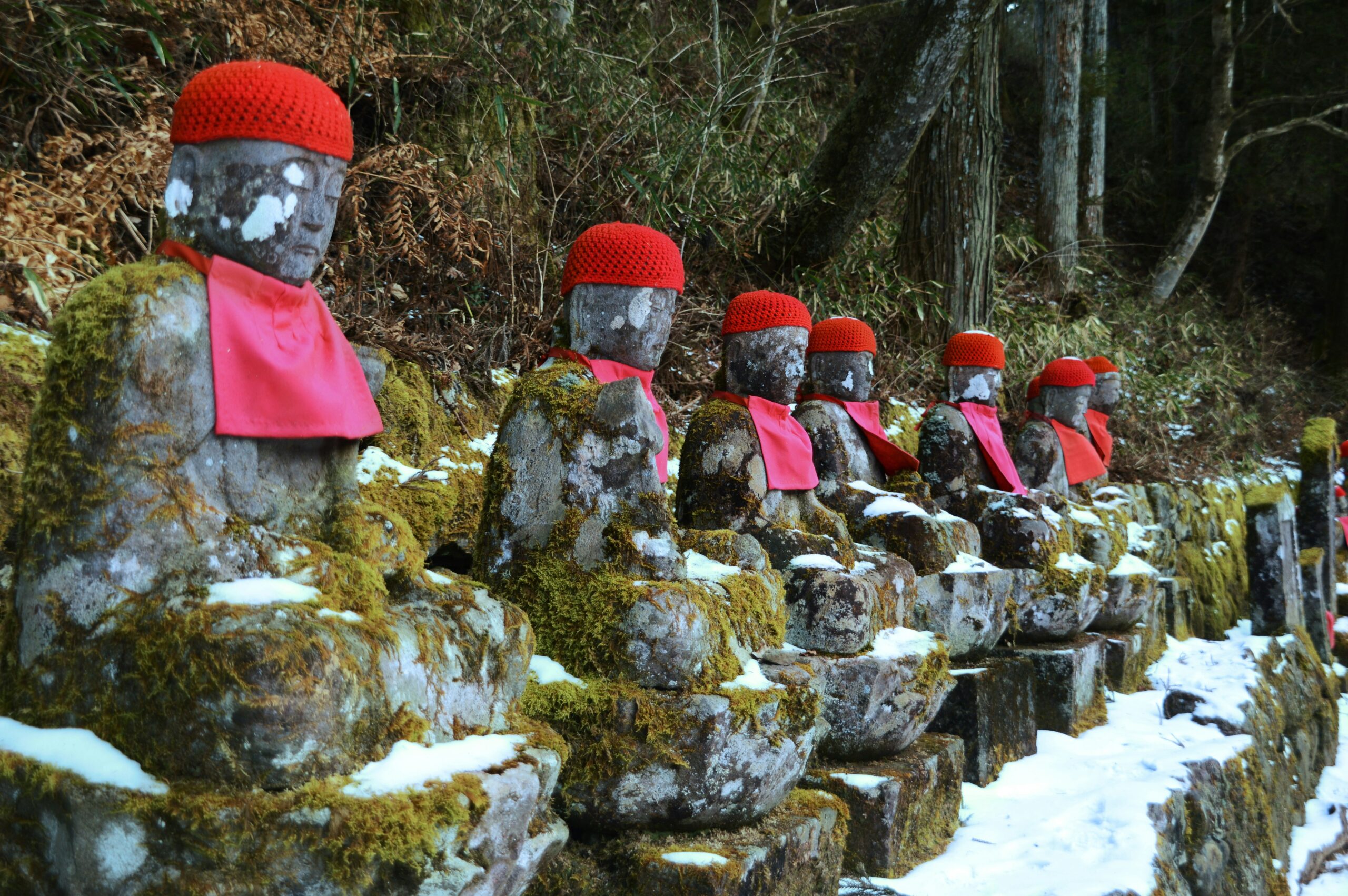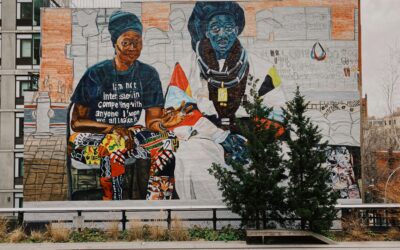From the stone Buddhas of Asia to the ancestral figures of Africa and the Americas, sculpture has long served as a profound bridge between the visible and the invisible. In traditional societies, statues are more than decorative—they are embodiments of belief, identity, and history.
In this article, we explore how cultures across the world have used sculpture to express spiritual devotion, cultural memory, and a tangible sense of the sacred.
1. The Universal Language of Sculpture
Long before written language, human societies used sculpture to express what words could not. Statues served as spiritual intermediaries, guardians of sacred spaces, or commemorations of ancestors. Regardless of geography, the human instinct to shape symbols from stone, clay, wood, or metal speaks to our need for connection—with the divine, with history, and with each other.
Across the globe, we find similar functions emerging in distinct forms:
In Oceania, ancestral figures guard homes and communities.
In Africa, Nkisi Nkondi figures from Congo are filled with ritual power.
In India, temple statues of deities invite worship and storytelling.
2. Material Matters: What Sculptures Are Made Of
Materials are never neutral in traditional sculpture. The choice of wood, bronze, clay, or stone often holds symbolic or spiritual significance.
Stone is durable, eternal—often chosen for deities or monuments meant to last beyond lifetimes.
Wood is organic and living—used in many African and Southeast Asian cultures for figures that embody ancestral spirits.
Clay is earth itself—shaped into sacred vessels and human forms for ritual purposes.
Metal such as bronze or gold conveys prestige, divinity, and power.
The sculptor is often seen not just as an artisan but as a vessel through which spiritual energy flows.
3. Sacred Sculptures in Ritual and Worship
Statues in traditional cultures are often activated through ritual. A sculpture becomes sacred not simply by being carved but through the invocation of spirit.
In Balinese Hinduism, statues of gods are “awakened” through elaborate ceremonies.
In Ifá tradition of the Yoruba people, ritual figures are imbued with Ase—the spiritual force that animates life.
In Japan, Shinto kami statues often house divine presence during specific times of worship.
In this context, sculpture serves not just as a representation of the sacred, but as the dwelling place of sacred force.
4. Memory and Identity Carved in Form
Beyond religion, sculpture often carries collective memory. In many African cultures, figures are not just likenesses of ancestors but conduits for ancestral wisdom. Among the Māori of New Zealand, carved figures on meeting houses symbolize genealogy and tribal history.
For many Indigenous communities, sculpture is a form of storytelling, where every posture, gesture, and adornment has encoded meaning. These figures do not merely represent culture—they sustain it.
5. Evolving Roles in Modern Contexts
As traditional statues enter museums or are reproduced for collectors, questions arise about cultural context and authenticity. A ritual sculpture removed from its place of worship loses not just its function but also its spiritual identity.
Meanwhile, contemporary artists—many from Indigenous or colonized cultures—are reclaiming sculpture as a space for both innovation and resistance. They revisit traditional forms while responding to today’s challenges: environmental destruction, identity loss, and cultural appropriation.
Sculpture, thus, becomes both archive and activism.
6. The Sculptor as Spiritual Mediator
In traditional contexts, sculptors often hold respected, even sacred, positions. In the Dogon culture of Mali, a sculptor’s workshop is spiritually protected. In Japan, Buddhist statue carvers engage in meditative practice before and during their work. Their act of carving becomes a form of prayer.
To sculpt is to participate in creation, to give form to the formless. This sacred responsibility connects the artist not only to community and tradition but also to the divine.
7. The Power of Presence
What makes traditional sculpture powerful is not realism but presence. Even the most abstract or stylized forms carry weight, command respect, or provoke contemplation.
This is true in:
The silent gaze of Easter Island’s Moai statues.
The dynamic movement of Hindu dancing deities.
The expressive forms of Aboriginal totems and poles.
Such presence is not accidental—it is cultivated through symbolism, ritual, and centuries of cultural evolution.
Conclusion: Sculpture as a Living Spirit
Traditional sculpture invites us to see more than shape—it asks us to feel meaning. These figures, whether worn by time or freshly carved, hold layers of story, prayer, and purpose. As we encounter them—in temples, forests, homes, or galleries—we are reminded that art is not separate from life. It is life, held in form.
By honoring the role of sculpture in cultural and spiritual contexts, we not only preserve heritage but also deepen our understanding of human creativity as a sacred act.




